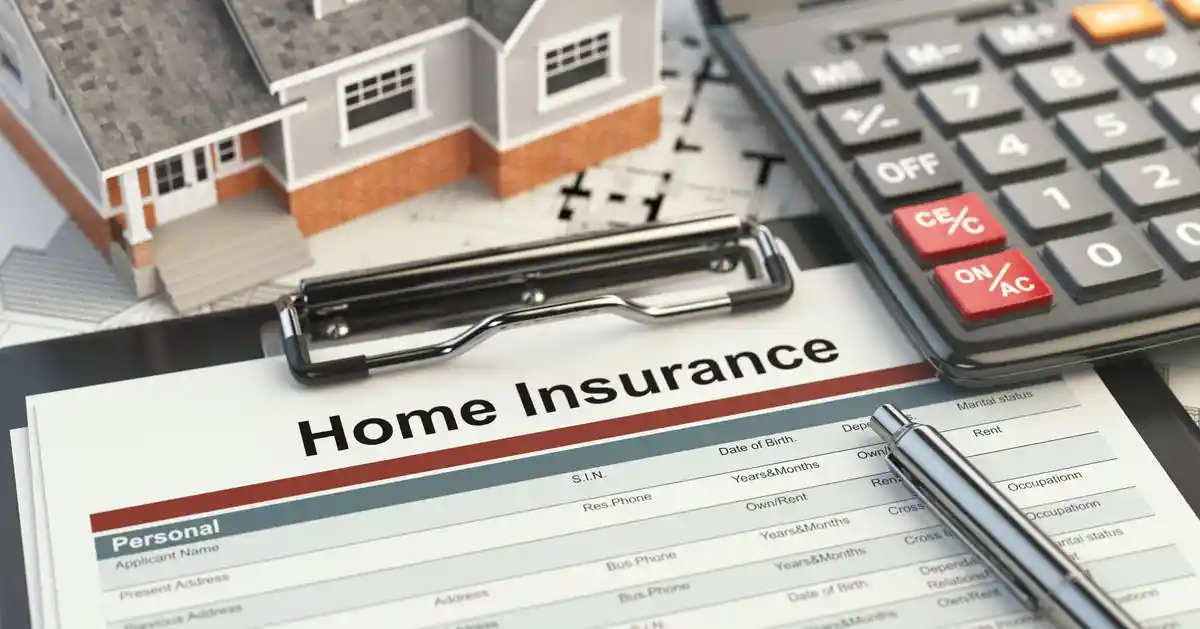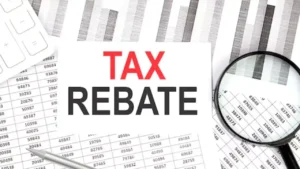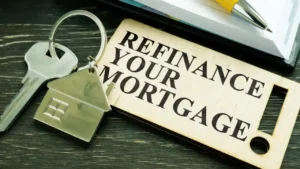Introduction: Why Home Insurance Basics Matter in 2025
If you own a home in 2025, understanding home insurance basics is non-negotiable. Weather volatility, rising rebuild costs, and more sophisticated household tech all influence how much protection you need and what you’ll actually pay. The right home insurance policy shields your structure, belongings, and finances if a covered event, like fire, wind, or theft, strikes. This guide explains coverage types, exclusions, costs, discounts, claim steps, and how smart devices can meaningfully affect premiums and outcomes.
What Is Home Insurance? (Quick Answer)
Home insurance is a contract that protects your dwelling, other structures, personal property, and liability from specific perils (e.g., fire, wind, theft). When a covered loss occurs, the insurer pays to repair or replace up to your policy limits, minus your deductible, and may also cover additional living expenses if your home is uninhabitable.
Home Insurance Policy Types (HO Forms) Explained
Not all policies are created equal. While names vary by carrier, most U.S. homeowners encounter the “HO” forms:
- HO-3 (Special Form): The most common. Dwelling is covered on an open-perils basis (everything is covered except listed exclusions), while personal property is typically named-perils (only listed causes are covered, such as fire, theft, vandalism).
- HO-5 (Comprehensive Form): Broader protection. Often open-perils for both dwelling and personal property, with higher default sublimits and fewer restrictions.
- HO-1/HO-2: More limited, named-perils coverage, less common for modern needs.
- HO-4 (Renters): Covers tenants’ belongings and liability (not the building).
- HO-6 (Condo): Tailored to unit owners; covers interior finishes and personal property, plus liability.
- HO-7/HO-8: Specialty forms (e.g., mobile/manufactured homes, older/historic homes) with unique underwriting considerations.
Key takeaway: For most owner-occupied single-family homes, HO-3 or HO-5 are your baseline options. When budgets allow, HO-5 offers fewer gaps and simpler claims for personal property.
What Home Insurance Covers (and Typical Limits)
Think of home insurance coverage in six buckets:
- Dwelling (Coverage A): The structure itself, foundation, roof, walls, built-ins. Your limit should reflect full replacement cost to rebuild with similar materials and craftsmanship, not the market value of your home.
- Other Structures (Coverage B): Detached garage, fence, shed, usually 10% of Coverage A by default.
- Personal Property (Coverage C): Furniture, clothing, electronics. Default limits often equal 50–70% of Coverage A. High-value items (jewelry, art, collectibles) may need scheduled coverage to avoid low sublimits.
- Loss of Use/Additional Living Expense (Coverage D): Pays for temporary housing and extra costs while your home is repaired, commonly 20–30% of Coverage A.
- Personal Liability (Coverage E): Lawsuits for bodily injury or property damage you unintentionally cause. Many homeowners opt for $300k–$500k+; consider an umbrella policy for extra protection if you have higher assets or risks.
- Medical Payments to Others (Coverage F): Small, no-fault coverage for injuries to guests, often $1k–$5k.
Pro tip: Confirm whether your dwelling is insured at Replacement Cost and whether your personal property is Replacement Cost or Actual Cash Value (ACV). Replacement cost omits depreciation; ACV subtracts it.
What Home Insurance Doesn’t Cover (Common Exclusions)
Standard home insurance typically does not cover:
- Flood (from rising water): requires a separate flood policy.
- Earthquake/earth movement: separate endorsement/policy needed in many regions.
- Maintenance & wear-and-tear: aging roofs, slow leaks, mold from neglect.
- Power surge to electronics (varies): may need an endorsement.
- Sewer/Drain backup: add a water backup endorsement.
- Business property beyond sublimits: increase limits or add endorsements if you work from home.
Endorsements to consider in 2025: extended or guaranteed replacement cost, ordinance or law (to meet newer building codes), water backup, service line (underground utility lines), equipment breakdown (for modern homes with high-tech systems), and cyber/identity theft riders.
How Much Home Insurance Do You Need? (Right-Sizing Limits)
Getting home insurance basics right starts with your Coverage A (dwelling) limit:
- Replacement cost calculator: Use accurate square footage and quality grades (roof type, finishes, regional labor/material costs).
- Inflation guard: Ensures limits rise with construction costs.
- Extended/Guaranteed RC: Adds 10–50% (or more) above your limit if rebuild costs spike after a catastrophe.
Personal property: Inventory your belongings (room-by-room photos, receipts for big items). Consider replacement cost and scheduled coverage for valuables.
Liability: Start at $300k–$500k. Add an umbrella (e.g., $1M–$2M) if you have significant assets, a pool, trampoline, frequent entertaining, or short-term rentals.
Home Insurance Costs in 2025: What Drives Your Premium
Premiums vary widely, but the main drivers are consistent:
- Location risk: Wildfire, wind/hail, hurricane, flood zones, crime rates, proximity to a hydrant/fire station.
- Home characteristics: Age, roof condition/material, electrical/plumbing updates, square footage, replacement cost.
- Claims history: Prior claims (yours and sometimes neighborhood-level catastrophe experience).
- Deductibles: Higher deductibles lower premiums; many coastal areas now use separate percentage deductibles for wind/hurricane.
- Credit/insurance score (where allowed): Can significantly impact rates.
- Smart security & loss-prevention: Leak sensors, monitored alarms, and automatic water shutoff systems can reduce both losses and premiums.
Smart Devices and Home Insurance: Real Savings, Fewer Surprises
A core 2025 trend: pairing smart home tech with home insurance for tangible benefits.
- Security systems & smart locks: Lower theft risk; often eligible for discounts.
- Water leak sensors + auto shutoff valves: Prevent major water losses, the costliest non-weather claims for many carriers.
- Smart smoke/CO detectors: Faster alerts reduce severity.
- Whole-home monitoring: Creates an audit trail that aids claims and deters fraud.
When adding devices, notify your insurer and ask about verification (proof of installation, monitoring certificates) to activate discounts.
Ways to Save on Home Insurance Without Sacrificing Coverage
- Bundle home + auto (and sometimes umbrella).
- Raise deductibles prudently, ensure you can afford them out-of-pocket.
- Fortify the roof: Impact-resistant shingles, secondary water barrier, modern roof deck attachment, proper flashing.
- Mitigation credits: Windstorm shutters, hail-resistant roofs, wildfire-resistant landscaping and vents.
- Document improvements: Electrical, plumbing, roof, or HVAC updates may qualify you for better rates.
- Annual market check: Re-shop or request a renewal review, coverage evolves, so should pricing.
- Eliminate coverage gaps: A well-designed policy with the right endorsements can prevent costly denials later.
Home Insurance vs. Home Warranty (Quick Comparison)
| Feature/Focus | Home Insurance | Home Warranty |
| Primary Purpose | Catastrophic & sudden accidental loss | Appliance/system breakdowns from wear/tear |
| Typical Events | Fire, wind, theft, liability | HVAC, plumbing, electrical, major appliances |
| Payout Structure | Based on coverage limits & deductibles | Service fee per call; repair/replace per contract |
| Requirement | Usually required by lenders | Optional peace-of-mind purchase |
| Best Fit | Protecting structure, belongings, liability | Managing repair costs for aging systems |
Many households choose both: insurance for disasters, warranty for breakdowns.
How to File a Home Insurance Claim (Step-by-Step)
- Protect people & prevent further damage: Safety first; shut off water, board windows, tarp the roof.
- Document extensively: Photos/video from multiple angles; keep damaged items when safe.
- Notify your insurer promptly: Provide date, cause, and immediate actions taken.
- Temporary repairs & receipts: Keep itemized invoices for tarping, drying, or emergency services.
- Meet the adjuster prepared: Provide inventories, model/serial numbers, contractor estimates.
- Track communications: Keep a simple log of calls, emails, and decisions.
- Review settlement carefully: Confirm depreciation/ACV vs. recoverable depreciation and any code upgrade coverage.
- Appeal if needed: Ask for a reinspection or provide competing estimates if you disagree.
Common Mistakes That Cost Homeowners Money
- Underinsuring the dwelling (using market value instead of rebuild cost).
- Forgetting endorsements (water backup, service line, ordinance or law).
- Ignoring sublimits for jewelry, fine art, or collectibles.
- Letting deductibles creep too high for your budget.
- Not updating the insurer after smart-device installations or major upgrades.
- Tossing damaged property too soon (keep evidence until inspected).
Quick Checklist: Home Insurance Basics for 2025
- Confirm HO-3 vs HO-5 and Replacement Cost on dwelling and personal property.
- Inventory belongings; schedule high-value items.
- Add endorsements that match your risks (water backup, service line, ordinance/law).
- Install smart loss-prevention (leak sensors, monitored security, auto shutoff).
- Optimize deductibles and liability limits, consider umbrella.
- Review annually; update after renovations or device installs.




